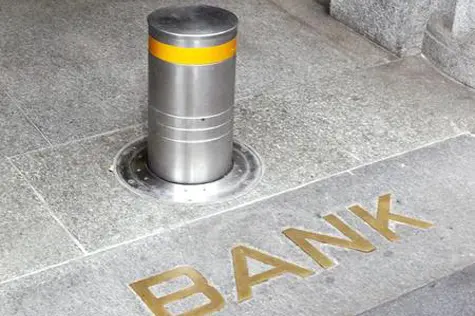PHOTO
(The authors are Reuters Breakingviews columnists. The opinions expressed are their own.)
LONDON/WASHINGTON - Last year, global banking watchdogs indicated that new rules would leave lenders safer without them having to raise much new capital. On Thursday they proved as good as their word. A 27.6 billion-euro shortfall in common equity Tier 1 capital for the biggest banks under a new Basel III regime is a lot lower than once feared. It should also reassure shareholders over banks' future dividend plans.
The big change relates to the so-called output floor. Banks' risk-weighted assets, measured under their own internal models, cannot be less than 72.5 percent of the value the regulator would reach with its own standardised – and usually stricter - approach. While there was much negotiation over the final level, particularly from French banks who argued that a standardised approach ignored national differences in the risk profiles of assets like mortgages, the new floor only becomes binding in 2027.
The capital shortfall that results, meanwhile, is just 14 percent of global banks' earnings in the second half of 2015, judging by a quantitative impact study from the Basel Committee on Banking Supervision. The data now being almost two years old, the current deficit is almost certainly less. The subsequent rise in European banks' common equity Tier 1 ratios means many won't have to do a thing.
The compromise also manages to satisfy U.S. regulators, who had been pushing for tougher standards. The new floor helps level the playing field between U.S. banks and their overseas rivals. Going forward, European firms will have less reason to worry that U.S. watchdogs will push for more stringent rules.
What Basel's brain trust hasn't tackled is the question of sovereign debt. The fact that Basel decided against imposing tougher standardised risk weights on sovereign bonds will dismay critics hoping to break the so-called doom loop between lenders and governments. It also means those banks with high levels of sovereign exposure, such as those in Europe's periphery, will continue to enjoy implicit state guarantees.
The changes are broadly positive for shareholders, especially in Europe. With a clear sign of how much capital is enough, investors will have a better sense of how much of what banks hold as capital can be paid out as dividends. Banking has got a bit safer and transparent – more or less without tears.
CONTEXT NEWS
- Global banking regulators on Dec. 7 finalised new rules on how banks assess the riskiness of their assets for the purpose of calculating minimum capital ratios.
- The Basel Committee on Banking Supervision said it would set a so-called output floor of 72.5 percent to be gradually phased in by Jan. 1, 2027. This means a bank's internally modelled risk-weighted assets cannot be less than 72.5 percent of their value using the standard approach established by regulators.
- The United States had sought a 75 percent floor while European countries wanted a 70 percent threshold. Basel had originally proposed a floor as high as 90 percent.
- Basel also said it would not make any changes to the regulatory treatment of banks’ sovereign debt exposures.
(Reporting by by Christopher Thompson and Gina Chon; editing by John Foley and Martin Langfield)
© Reuters News 2017











